Marijuana prohibition is entering its 78th year. Colorado’s marijuana law went into effect at the beginning of last year in the wake of changing attitudes. Compared to 1969, when only 12% supported legalizing pot, today a majority of Americans support legalizing recreational use of the drug.
It is legal to purchase marijuana in four states — Alaska, Colorado, Oregon, and Washington — as well as in the District of Columbia. Prior to the legalization, all of these states had already reduced the penalties for possession and use of small amounts of the drug or introduced policies permitting medical marijuana use. To identify the states most likely to legalize marijuana next, 24/7 Wall St. reviewed the 11 states where by law residents in possession of small amounts of the drug are not punishable by jail time, and medical marijuana use is permitted.
A large share of U.S. states, including all 11 on this list, have decriminalized marijuana at some point. The widely-referenced, but confusing term actually means a different thing depending on where it is being used. Not to be confused with legalization, states that have decriminalized marijuana have in some way reduced the penalties for for those caught with the substance. In most cases, this means the state will no longer prosecute or jail those caught with small amounts of the drug for personal use. In some cases, getting caught with a few grams of marijuana is as serious as a traffic infraction.
Other states that have decriminalized, however, still have relatively harsh penalties for possession. In Nevada, for example, the state no longer can assign jail time for those caught with a small amount of the drug, but violators can still be arrested, fined heavily, and charged with a misdemeanor.
Various moral and practical arguments have helped to catalyze the growing trend of legalization and decriminalization of marijuana. The potential tax revenue, job creation, and reduction of the burden of offenders on state prison systems, for example, have likely been a motivating factor behind the bills to regulate and legalize the drug in many of the states on our list. In an interview with 24/7 Wall St., Allen St. Pierre, executive director at the National Organization for the Reform of Marijuana Laws (NORML), argued that legalizing marijuana “would generate revenue where we now hemorrhage out billions and billions of dollars.”
However, according to Morgan Fox, communications manager at the Marijuana Policy Project, the most significant force in getting bills and referendums on the table is public support within the states. In most of the 11 states that may soon legalize marijuana, recent polls have been conducted showing a majority of residents support some form of legalization. In Connecticut, 63% of those surveyed in a March 2015 Quinnipiac University poll said they were in favor of legalizing possession of small amounts of marijuana for adults.
St. Pierre argued that the current prohibition laws are inconsistent. “If alcohol, tobacco, caffeine, and pharmaceutical products can be legally sold to adults in this country, it’s hard to understand the constitutional economic or for that matter moral arguments put forward on why marijuana can’t be within that same ambit of choices for adults.”
One factor that may be driving high public support for legalization in these states is the a high number of users. Of the 11 states that appear next in line to legalize marijuana, nine surpass the nationwide rate of marijuana users. In 2012 and 2013, an estimated average of 12.3% of Americans 12 and older smoked marijuana. In Rhode Island, one of the states on our list, more than 20% had.
St. Pierre also noted that the marijuana legalization issue is unique in that Americans’ political persuasions favor legalization of marijuana. Support for reform can be found among liberals, but also among conservatives, particularly those with libertarian-leaning beliefs. “It’s hard to make an argument against legalization in a free-market society such as ours,” said St. Pierre.
Still, according to Gallup, less than one-third of conservative Americans think cannabis should be legalized, in contrast with overwhelmingly strong support from liberals and a strong majority of moderates. Nearly all of the next states expected to legalize marijuana are liberal-leaning states.
To identify the next states to legalize marijuana, 24/7 Wall St. reviewed states where possession of small amounts of marijuana is not punishable by jail and also where medical marijuana is currently legal based on data from The Marijuana Policy Project (MPP). We also considered marijuana-related arrests per 100,000 residents through 2012 provided by the FBI’s Uniform Crime Report. In addition, we considered the estimated proportion of residents 12 and older who had used marijuana some time in the past year, based on annualized data from 2012 and 2013, from the Substance Abuse and Mental Health Services Administration. Public opinion polls were provided by the Marijuana Policy Project based on the most recent available survey. All data on current enforcement policies and penalties were provided by NORML.
These are the states where marijuana is most likely to be legalized.
1. Massachusetts
> Max. fine for small amount: $100
> Marijuana related arrests in 2012: 2,596
> Marijuana arrests per 100,000: 39}
> Minimum penalty classification : Civil offense
Under Massachusetts’ state law, an individual can only be fined a maximum of $100 for possession an ounce or less of marijuana — the result of a 2008 ballot to decriminalize possession of small amounts of the drug. The impact of decriminalization has been dramatic. While there were more than 10,000 marijuana-related arrests in 2008, there was just about a third as many such arrests in 2009, the first year the law took effect.
Though the state’s marijuana policy is relatively progressive, it appears that decriminalization has not gone far enough for the majority of voters. In a poll released last year by the Boston Herald, 53% of state residents were in favor of legalizing marijuana, while only 37% were against. Proponents of legalization may have a chance to change the state law again in November 2016. Democratic State Representative Dave Rogers and Democratic State Senator Patricia Jehlen introduced a bill to to legalize recreational marijuana use for adults.
2. Nevada
> Max. fine for small amount: $600
> Marijuana related arrests in 2012: 8,524
> Marijuana arrests per 100,000: 309
> Minimum penalty classification : Misdemeanor
According to the Marijuana Policy Project, Nevada is one of 20 states to decriminalize possession of small amounts of marijuana. Though no one found in possession of under an ounce of the drug can face incarceration or felony charges, Nevada’s penalties for possession are among the harshest of all the states that have decriminalized. Unlike some states that have decriminalized the small amounts of the drug, like Massachusetts and California, first time offenders in Nevada can still be charged with a misdemeanor and be compelled to undergo mandatory drug treatment.
Despite the harsher penalties, next year Nevada could become the fifth state to legalize recreational use of drug. Voters will have a chance to pass the Initiative to Tax and Regulate Marijuana in November 2016. If passed, legalization will have a dramatic effect on arrest rates and police resources. As of 2012, there were about 8,500 marijuana-related arrests in Nevada, the 14th highest arrest rate in the country.
3. California
> Max. fine for small amount: $100
> Marijuana related arrests in 2012: 21,256
> Marijuana arrests per 100,000: 56
> Minimum penalty classification : Infraction
California was in the vanguard of state marijuana reforms in the 1970s and an early adopter of decriminalization. In 1996, the state passed the Compassionate Use Act, which permitted physician-recommended marijuana use for medical treatment. In 2010, Governor Arnold Schwarzenegger signed legislation that reclassified the crime of marijuana possession from a misdemeanor to an infraction. Despite the state’s historically progressive stance, marijuana has yet to be legalized. In 2010, a motion to legalize failed by a slim margin.
Two bills proposing marijuana regulation are now on the table, although the success of each remains to be seen. A great deal may be at stake in the success or failure of marijuana law reform in California. According to St. Pierre, because of the state’s sheer size and influence, the viability of federal legislation largely relies on the precedent California might set.
4. New York
> Max. fine for small amount: $100
> Marijuana related arrests in 2012: 112,974
> Marijuana arrests per 100,000: 577
> Minimum penalty classification : Not classified
New York was one of the first states to decriminalize marijuana, passing a bill in 1977. However, according to the Marijuana Policy Project, law enforcement agencies have been abusing the “public view” loophole, which differentiates between where offenders are caught — possessing a small amount of the drug in the privacy of one’s home results in a fine, while possession in a public place can result in a misdemeanor. Supporting this claim is New York’s extremely high marijuana-related arrest rate, which was the highest in the country in 2013 at 577.24 per 100,000 people — more than double the national rate. However, New York City Mayor Bill de Blasio announced in 2014 that the city would no longer be enforcing the loophole.
In early July, 2014, Governor Andrew Cuomo signed a medical marijuana bill into law. There are currently two bills to legalize and tax marijuana in the legislature, which is currently on break.
5. Vermont
> Max. fine for small amount: $200
> Marijuana related arrests in 2012: 926
> Marijuana arrests per 100,000: 148
> Minimum penalty classification : Civil violation
According to a Rand research study on marijuana legalization, Vermonters consumed between 15 to 25 metric tons of marijuana, worth between $125 million and $225 million, in 2014. More than 19% of state residents 12 years and over reported using marijuana in the past year, the third highest share nationwide. Also, according to the Vermont Department of Health, marijuana consumption is more common among 12- to 17-year-olds in Vermont than in any other state in the nation.
As in every other state likely to legalize pot, possessing less than an ounce or less of the drug is not punishable by incarceration. Possessing more than an ounce, the selling of any amount, or cultivating the plant, however, is considered a misdemeanor. Selling a half ounce or more, or cultivating three or more plants, is a felony.
6. Minnesota
> Max. fine for small amount: $200
> Marijuana related arrests in 2012: 12,051
> Marijuana arrests per 100,000: 224
> Minimum penalty classification : Misdemeanor
The first medical marijuana dispensary in Minnesota opened on July 1, 2015. For those who do not qualify for medicinal use of the drug, possession of 42.5 grams, roughly 1.5 ounces, or less can be classified as a misdemeanor and is punishable by a fine of up to $200.
According to a study conducted by SAMHSA, from 2010 through 2013, Minnesota teenagers’ attitudes toward occasional marijuana use have relaxed. In 2010, 70.9% of 12-17-year old state residents did not consider smoking pot once a month to be risky behavior. By 2013, 75.4% of teenagers held the same perception.
There were 12,051 marijuana-related arrests in Minnesota in 2012. The state’s per capita marijuana-related arrest rate was typical for the country.
7. Connecticut
> Max. fine for small amount: $150
> Marijuana related arrests in 2012: 3,747
> Marijuana arrests per 100,000: 104
> Minimum penalty classification : Civil penalty
In a March 2015 Quinnipiac University poll, 63% of Connecticut residents surveyed said they would be in favor of legalizing the possession of small amounts of marijuana for adults. The state decriminalized marijuana use in 2011, decreeing that any possession of the substance up to a half of an ounce would have a maximum penalty of a $150 fine and could not be punishable by jail time. Before the law passed, the state’s marijuana arrest rate in 2010 was 259 per 100,000 people. By 2012 the rate had dropped to just 104 such arrests per 100,000, the sixth lowest rate in the country.
Currently, the state also has several bills in the legislature that would legalize marijuana use for adult residents and regulate the industry.
8. Maryland
> Max. fine for small amount: $100
> Marijuana related arrests in 2012: 22,043
> Marijuana arrests per 100,000: 375
> Minimum penalty classification : Civil offense
The recently adopted Maryland Medical Marijuana State Program permits certified physicians to prescribe marijuana to patients diagnosed with certain conditions. As a result, the state’s first marijuana dispensary, Greenway Consultations, opened this past June. Still, the possession of more than 10 grams of pot is a misdemeanor in Maryland, and possession of less than 50 pounds with the intent to distribute carries a penalty of up to five years incarceration and fines up to $15,000.
Even so, there is a good chance Maryland is on track to legalize the substance. Governor Larry Hogan signed a bill supported by marijuana legalization advocates during the current legislative session. The Second Chance Act, under certain circumstances, permits individuals convicted of possessing marijuana, to have their arrest shielded from some records requests. As in most states on this list, a majority of Maryland residents support the legalization of marijuana.
9. Rhode Island
> Max. fine for small amount: $150
> Marijuana related arrests in 2012: 2,320
> Marijuana arrests per 100,000: 221
> Minimum penalty classification : Civil violation
Marijuana use in the small New England state is pervasive. An estimated 20% of Rhode Islanders aged 12 and up used the drug at least once in 2012. No other state in the country had wider use.
Of the states that have not legalized recreational marijuana use, Rhode Island’s laws are among the most lenient. Possession of up to an ounce is a civil violation punishable by a maximum fine of $150. First time offenders do not face jail time or risk a criminal record. However, possession of amounts in excess of an ounce carry criminal penalties and potential jail time.
There is currently a bill awaiting review in the state legislature that would effectively legalize and regulate recreational use of marijuana. Though the Rhode Island legislature went on summer recess before the Marijuana Regulation, Control, and Taxation Act received final approval, lawmakers may have a chance to review the bill again before year’s end. According to an April 2015 poll conducted by Public Policy Polling, 57% of respondents in the state support changing the law to regulate and tax marijuana similarly to alcohol.
10. Maine
> Max. fine for small amount: $600
> Marijuana related arrests in 2012: 3,202
> Marijuana arrests per 100,000: 241
> Minimum penalty classification : Civil violation
Maine has a relatively high rate of marijuana use, with an estimated 16.24% of residents 12 and older having smoked pot at least once in 2012, the seventh highest rate in the county. In 2013, Portland, the state’s most populous city, voted to legalize possession of small amounts of the drug for adults. While this still goes against state policy, and law enforcement has continued to enforce Maine’s prohibition of the drug, it is a sign of the public’s willingness to make a change. Possession of up to 2.5 ounces of the drug in the state is not punishable by jail time, although there are maximum fines of $600 or $1,000, depending on the amount.
The state legalized medical marijuana in 1999 during a state ballot initiative — the measure passed with 61% of the vote. Possession of a “usable amount” of the drug with a doctor’s notice is legal. In 2009, another initiative passed to allow for medical dispensaries.
11. Delaware
> Max. fine for small amount: $575
> Marijuana related arrests in 2012: 2,912
> Marijuana arrests per 100,000: 318
> Minimum penalty classification : Misdemeanor
According to a 2014 survey conducted by the University of Delaware, 56% of respondents in the state agreed that “the use of marijuana should be made legal.” Governor Jack Markell signed in June 2015 a law officially making Delaware the 20th state to decriminalize possession of small amounts of marijuana. Though the law will not take effect until January, when it does, Delaware residents will face a maximum penalty of a $100 fine for possession of up to an ounce of the drug. Before the governor signed the law, marijuana users in Delaware faced up to three months of jail time, a $575 fine, and a misdemeanor on their record for the same offence.
There were 2,912 marijuana-related arrests in 2012 in Delaware, the 12th highest rate of all states per capita. In 2012, about eight out of 10 adolescents in the state did not perceive light marijuana use as dangerous, a fairly lax view.




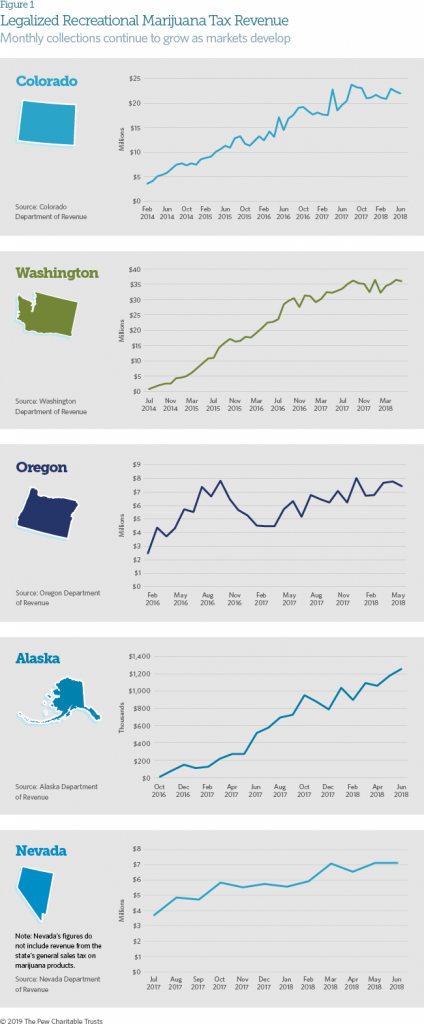
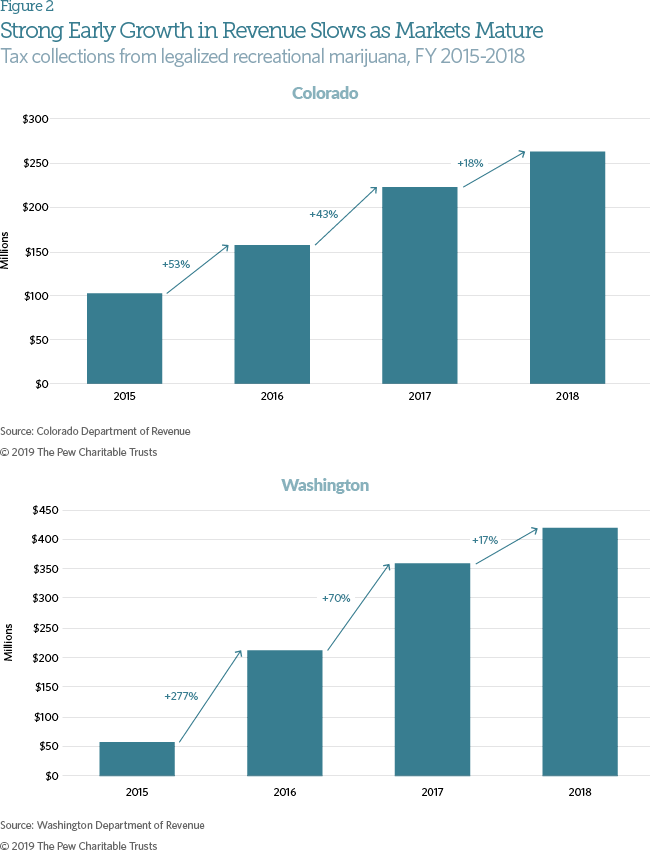
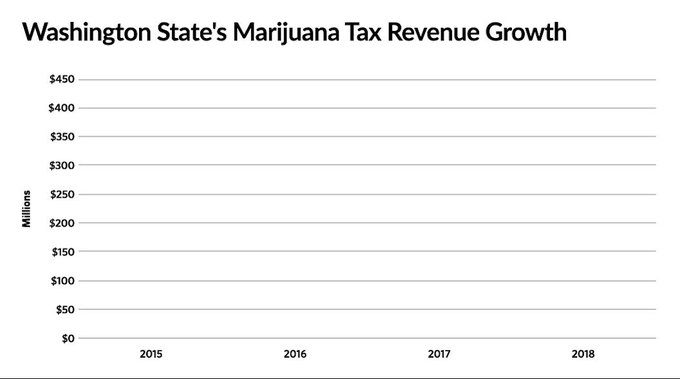

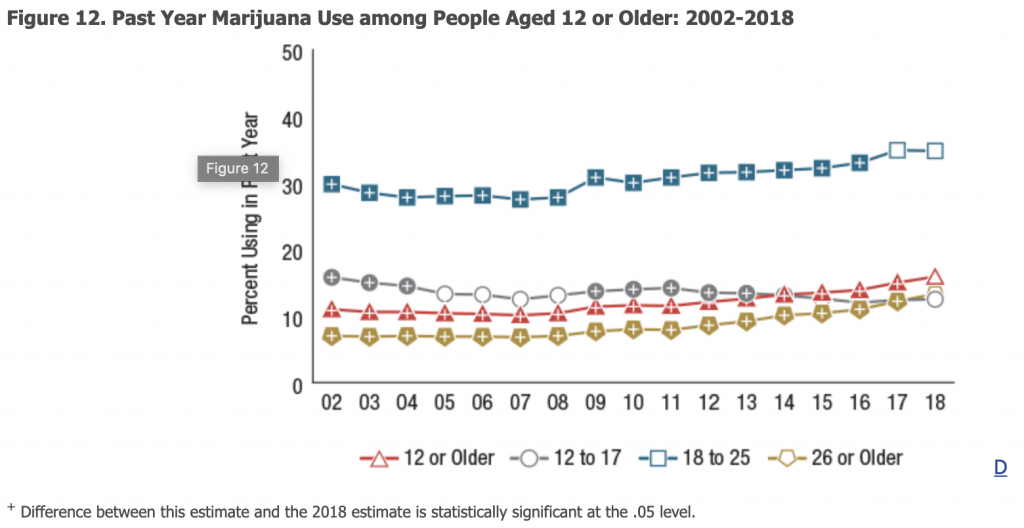
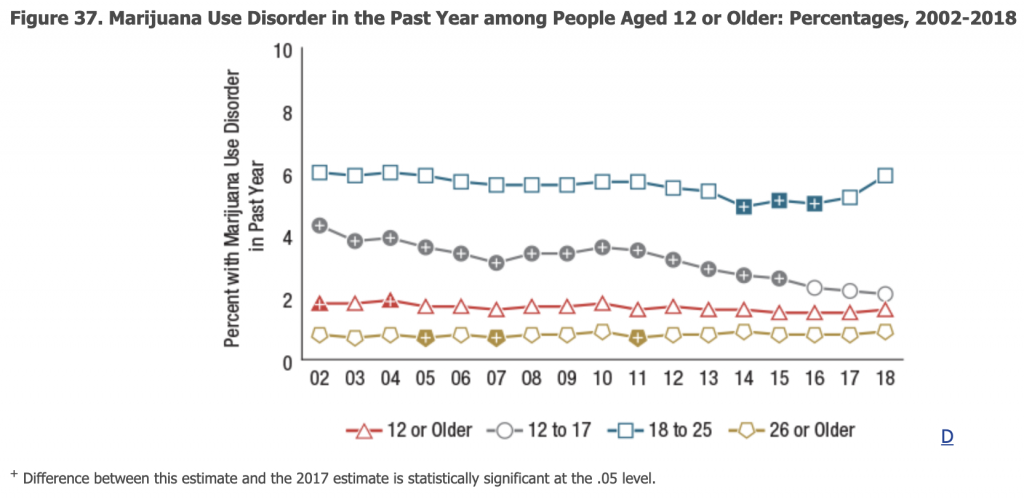
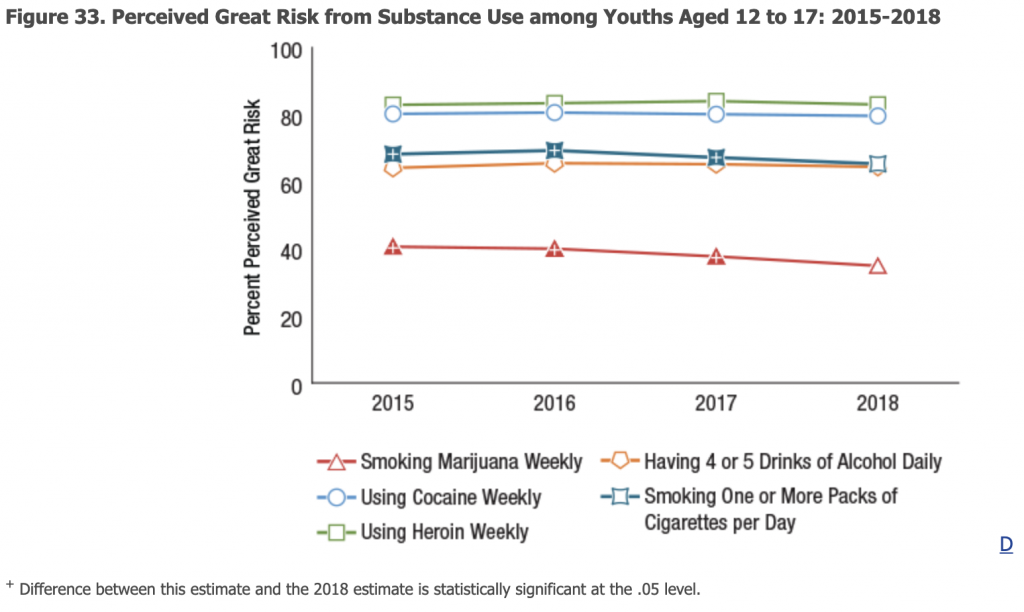



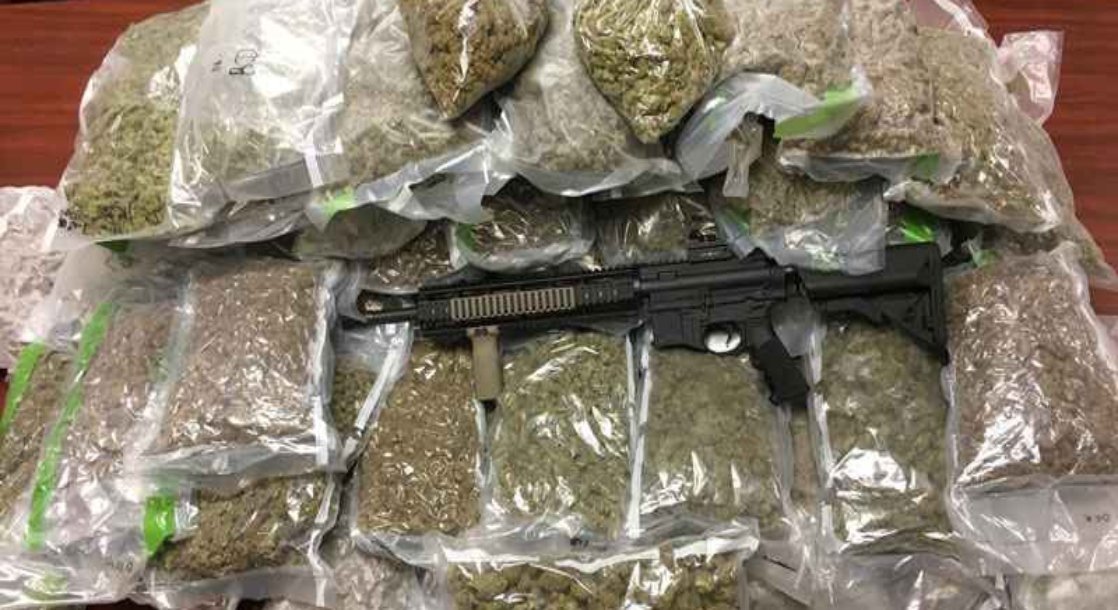



Recent Comments